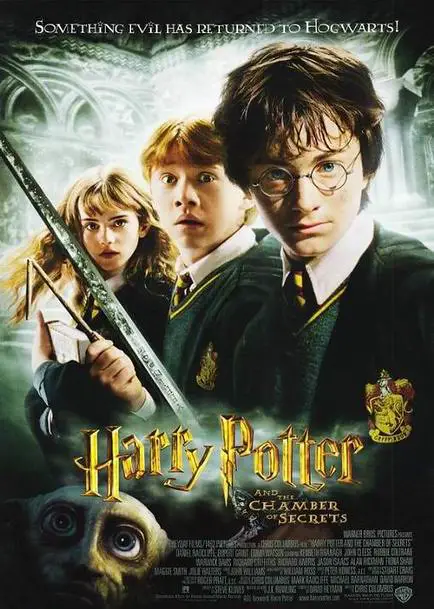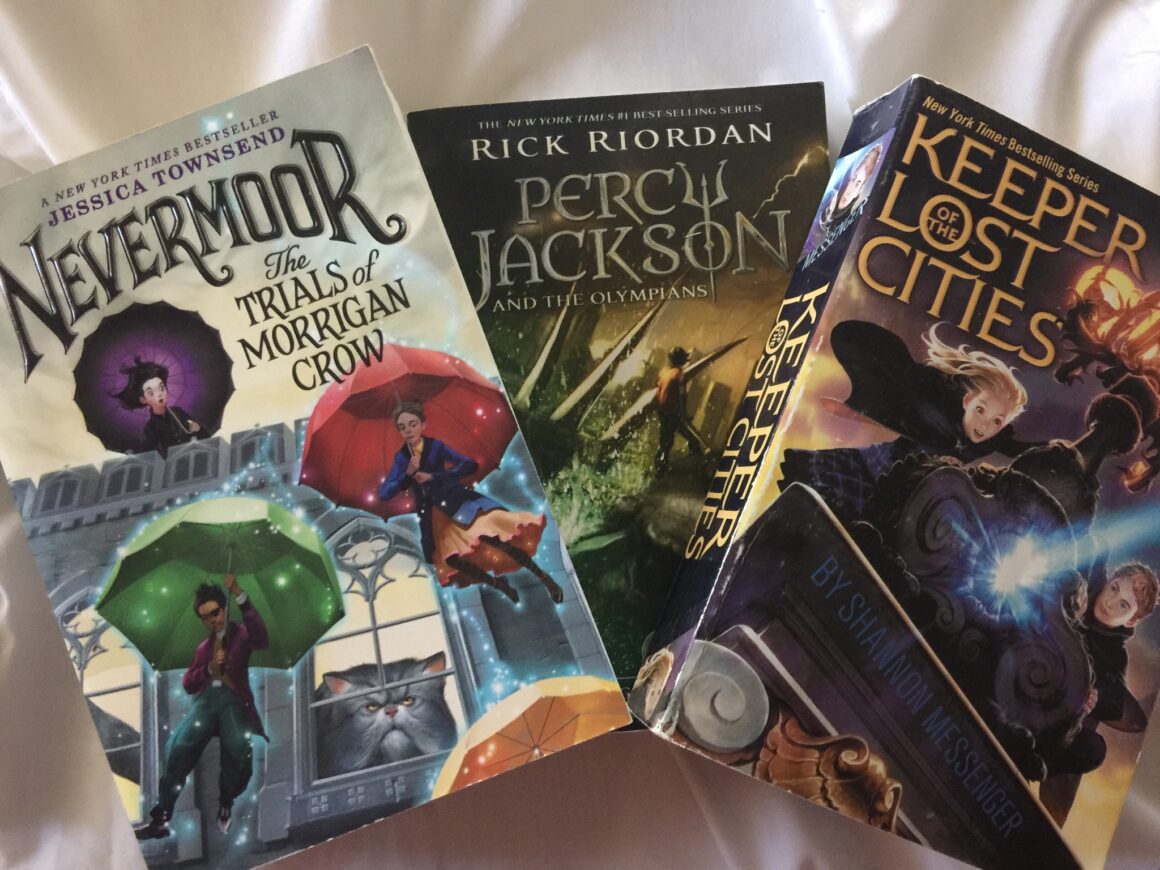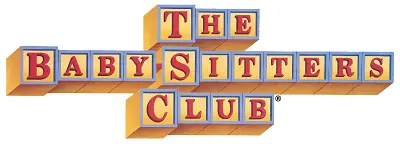As a child of the incredible ’90s and aughts (yes, that does make me a millennial), I have seen various things come and go—CDs to digital music, physical books to e-readers, and all that in between. The length of middle-grade books has also seen a significant change throughout the years. First, let us discuss what is a “middle grade.” A middle-grade book is one that holds a protagonist who is between the ages of 10 and 13 years old. One misconception is that middle-grade books are for children, which yes they are geared toward a younger audience. But that does not mean the stories are any less.
Growth of Middle-Grade Books
Growing up, I remember the average length of a middle-grade book being around 120 to maybe 200 pages. When did this change? Now, when perusing the children’s section of a bookstore, it seems the average page count has exploded to 500-600-plus pages.

Some would argue this trend started with the popularity of a book series about a certain boy wizard. That honestly may be the case and there is also the assumption that children don’t have the attention span for such a lengthy book. This is an argument I heard a lot in my young days of reading these thick tomes. One should not underestimate the attention span of a child, especially when it’s something that greatly interests them.
The center of this argument is that a 500-600-page book is far too long for a child under the age of 14 to devote attention to; that they would lose interest far too quickly to warrant a book of such a length.
Yeah? Ok, now let’s examine the counterargument; What harm does the length do if it is getting children to put down a screen and pick up a book.
In order to remain somewhat impartial, I do believe there is something to be said from both aspects of the situation. There is also another component to be considered: The growing popularity of Middle Grade as a genre. With the rising page count comes a larger audience for these books. As adults, it is very easy to think that because a certain book is marketed toward a tween, then its stories are simple and lack complexity. That is very wrong on so many levels.
Examples of Quality Middle-Grade Books
Author Rick Riordan, well known for his book series Percy Jackson and the Olympians and the Heroes of Olympus, along with various others, has shown that children enjoy the complex characters and plots as much as adults do. His stories incorporate the tales of Greek myth in such a magnificent and accessible way for children to enjoy. This is especially true through the main protagonist of his first series as 12-year-old Percy Jackson finds out he is not as normal as he would have liked to believe.
Related: Recommended Books for Young Adults
Jessica Townsend is the author of the popular The Trials of Morrigan Crow series. She has created not only a very complex character but also a very complex world. It’s a world that has done an amazing job of drawing in young readers and leaving them desperate for the next installment of the series as they follow perhaps the most unlucky girl in the world, Morrigan Crow, as she’s whisked off to Nevermoor.

Another popular middle-grade author is Shannon Messenger, who has penned the exciting Keepers of the Lost Cities series. Through these books, readers follow Sophie, a highly intelligent, if slightly awkward 12-year-old, who discovers a world beyond the one she knows.
What these series have in common, besides the fact that their page counts are considerable, is that the main protagonist grows with the story. These authors have taken into account that their main audience isn’t going to stay the age they are now and growing with a character is the best gift to give a child. The ability to see their favorite characters going through the awkward stages along with them and how they handle those situations is absolutely amazing. And yes, I am speaking from experience with that statement.
Adults Can Benefit From Reading the Middle-Grade Genre
What is the point? That I like big books and I cannot lie? Well, yes, yes I do. But also, I am not the only one; children do as well. The middle-grade genre teaches children that relationships are messy, not romantic ones, but friendships. A friendship breakup can be just as traumatic to a child as a romantic one can be to an adult.
As adults, I do believe a great majority forget that growing up is hard. Yes, we can look back and think of them as the good old days of being able to run around and not have to do things like pay bills. But also, childhood is hard—the constant wondering if you’ll go to school one day and still have friends or not; if you’ll be able to pass a test; or what grade one gained on a book report. Honestly, those little things to a child are stressful, and seeing a character go through the exact same thing is somehow enriching and hopeful.
What have we learned from all this? I do believe that the status of middle grade as a genre has been elevated to a higher degree than just the short The Babysitters Club books, even though those are great as well, don’t get me wrong. The fantasy world of middle grade has grown and with that so has the page count.

When it comes to seeing a 10- or 11-year-old reading a 500-page book, it’s not an abnormal thing. Middle grade isn’t Austen, Dickens, or Hemingway, but they are still equally complex. Did this all start with a certain book series? Perhaps. Maybe it was always in the works and we as adults simply forgot to consider the fact that these books and the children who read them want as many layered stories as they can get their hands on. Who knows? Pick up a middle grade and find out. I have given a few suggestions.
